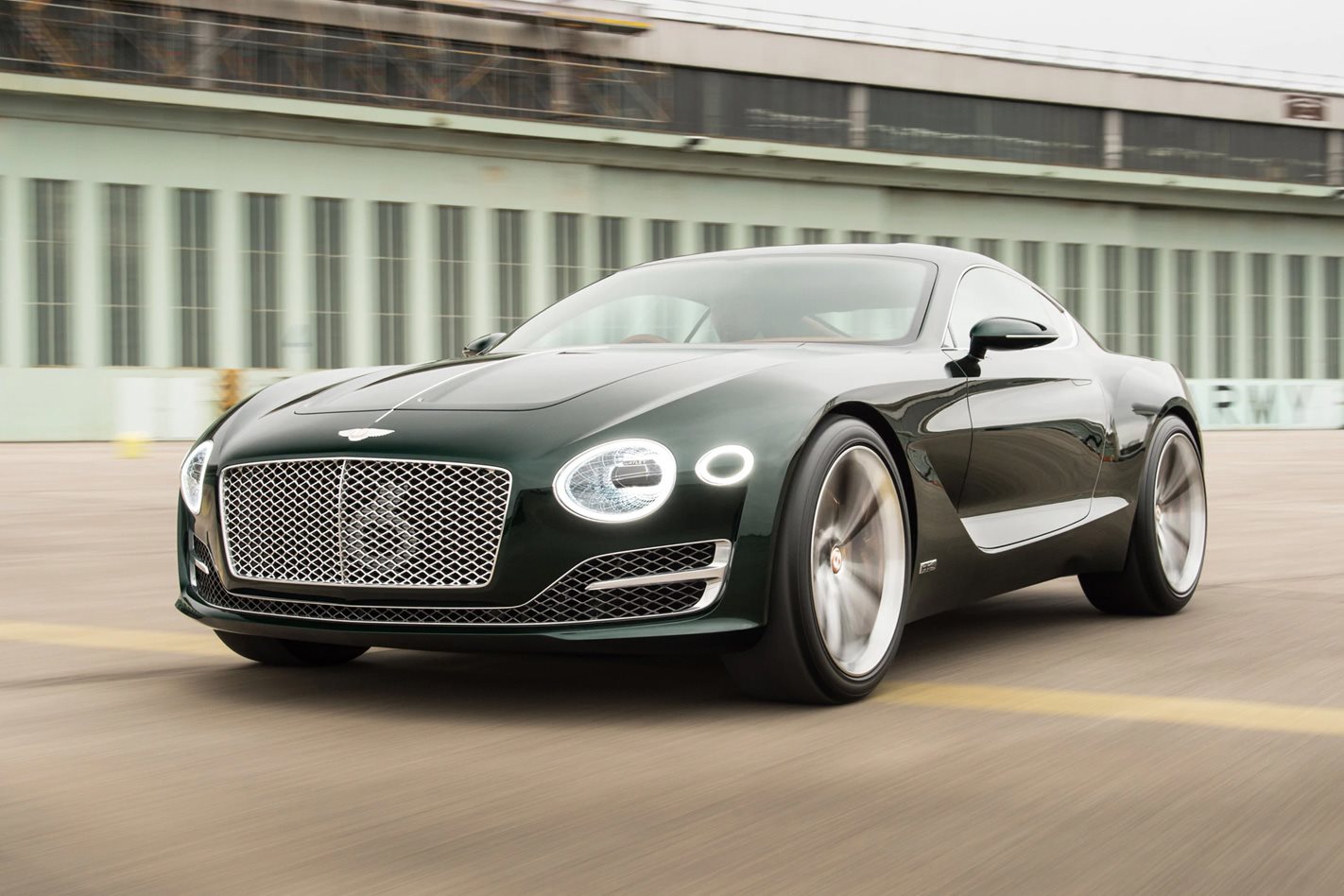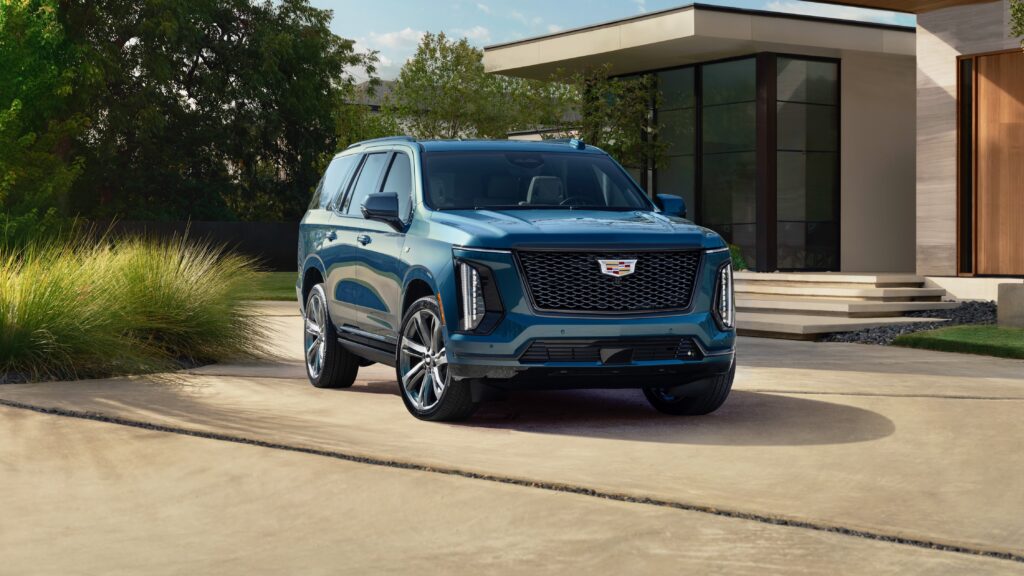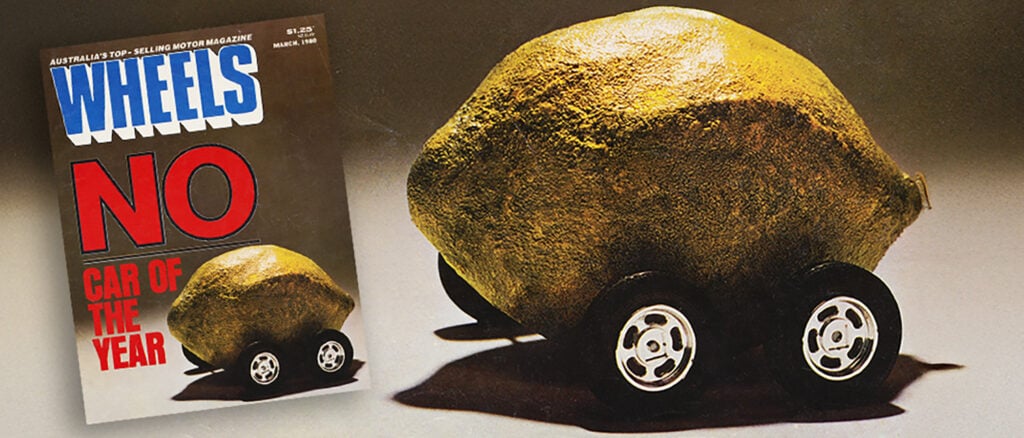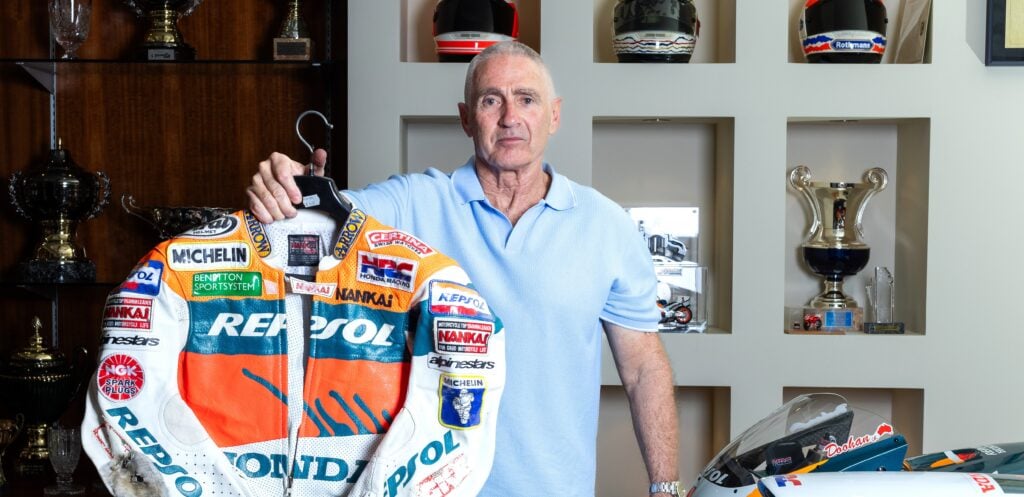THE 2018 Geneva motor show is just days away with anticipation building for the selection of hardware that will roll out for the crowds from the world’s mainstream manufacturers and boutique builders alike.
The Swiss show is the venue for many production models to break cover each year, but in recent years the 113 year-old event has become the favourite to unveil wild and far-fetched concept cars.
Here’s a selection of the most memorable design studies, prototypes and one-offs to make their debut at Geneva since 1990.
Alfa Romeo Proteo 1991
Even though the Geneva motor show had been running for 86 years, the venue didn’t establish itself as a favourite for concepts as we know them until 1991, when a couple of show cars made their first appearances.
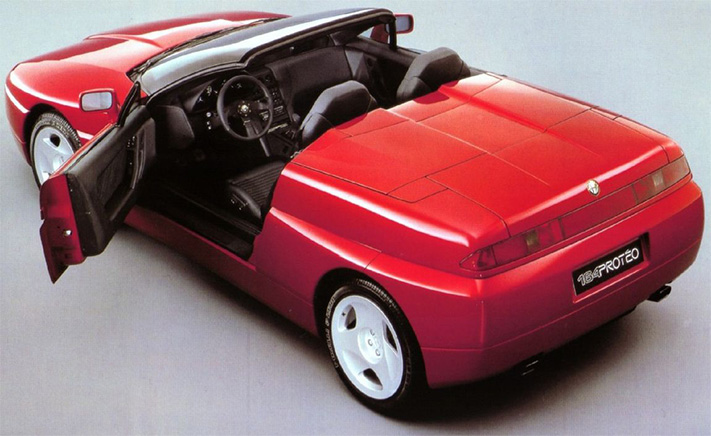
Ferrari FZ93 1993
Back when the prancing horse was producing cars like the 348, Ferrari unveiled a bizarre FZ93 concept. The prototype was based on the Testarossa platform but wore a new look unrecognisable from the production car.
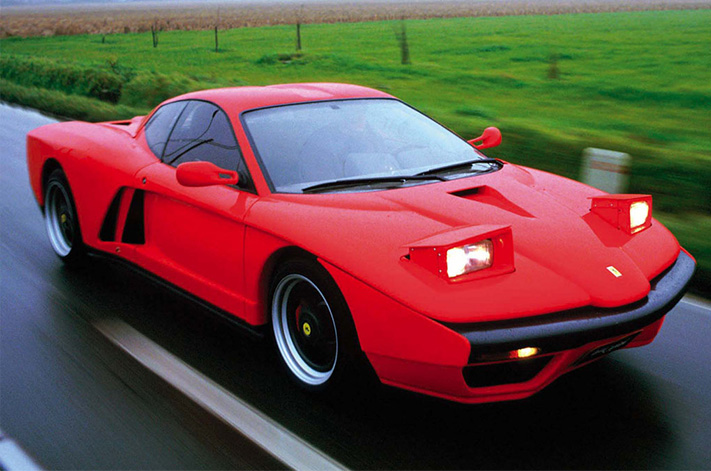
Renault Argos 1994
Unlike many concepts that evolve into production cars later down the line, the Renault Argos concept of 1994 was the stuff of pure fantasy.
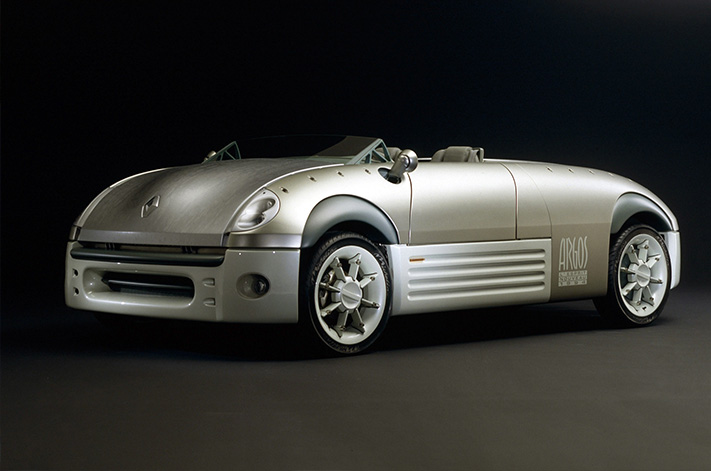
Lamborghini Cala 1995
This completely functional prototype broke cover in 1995 and was intended to fill the gap left by the departed Jalpa. It might have made production but when Lamborghini was sold to Volkswagen in 1998, the design was shelved in favour of the German giant’s own ideas.
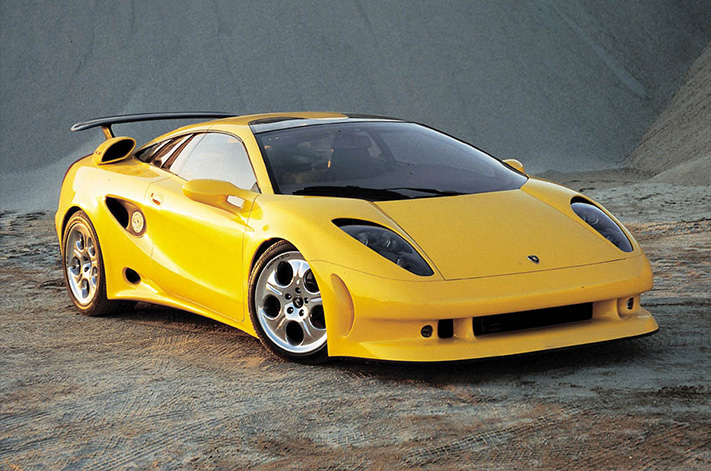
Zagato Raptor 1996
With all eyes on Ford’s Ranger Raptor, many would not remember the time a very different kind of Raptor rolled out.
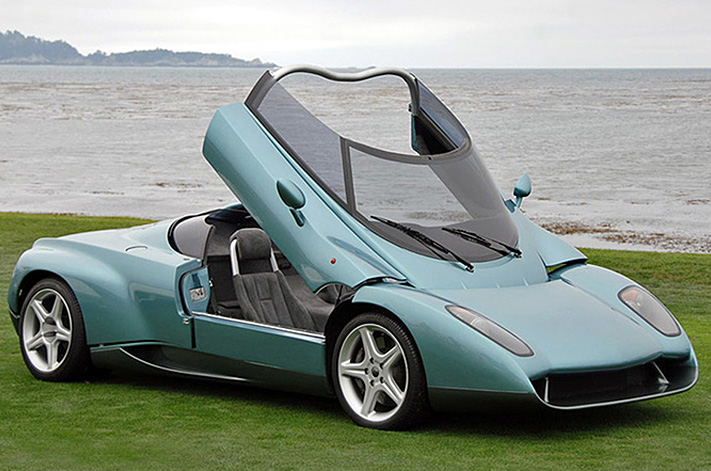
Italdesign Alfa Romeo Scighera 1997
A year later, the Scighera brought an amazingly futuristic super coupe design to the Alfa brand thanks to Italian design house Italdesign.

Volkswagen W12 Roadster 1998
This concept was an evolution of the W12 Synchro coupe of a year before, but forfeits of a roof.
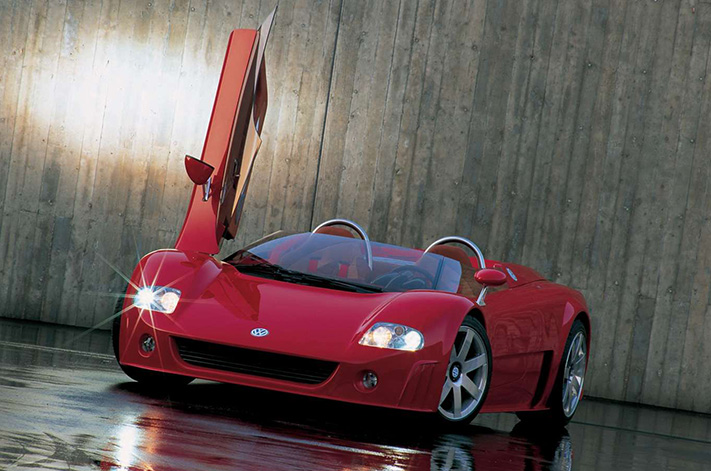
BMW X5 Le Mans 2000
With so much choice for high-performance SUVs in today’s market, it’s hard to imagine just how outlandish the BMW X5 Le Mans was in 2000.
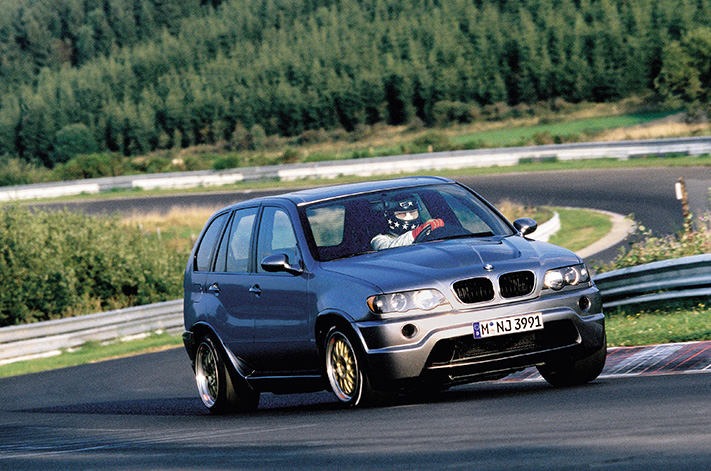
While standard X5s were busy doing the school run, this monster managed 309km/h on the Nurburgring, where it received some very surprised looks.
BMW CS1 2002
It’s not difficult to see the precursor to a production model in this BMW concept from 2002.

Saab Aero-X 2006
Saab is just a distant memory in the fickle automotive industry these days, but back when it was still relevant and fighting fit, the Swedish car-maker was making waves.
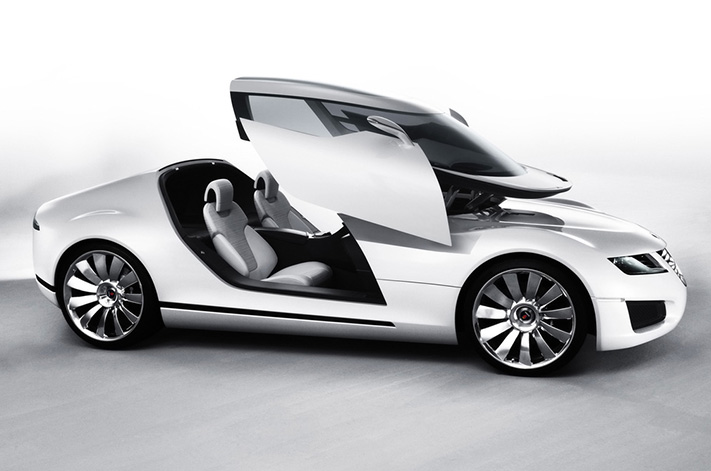
Toyota FT-86 II 2011
No prizes for guessing what this concept would go on to become.

Not only did the Japanese brand come through with the production car, it navigated the transition from concept to showroom with surprisingly few major alterations.
Bentley EXP 9 F 2012
Another historic car that is now widely known as the Bentayga but, at the time, seemed a leap too far for Bentley when the concept emerged in 2012.
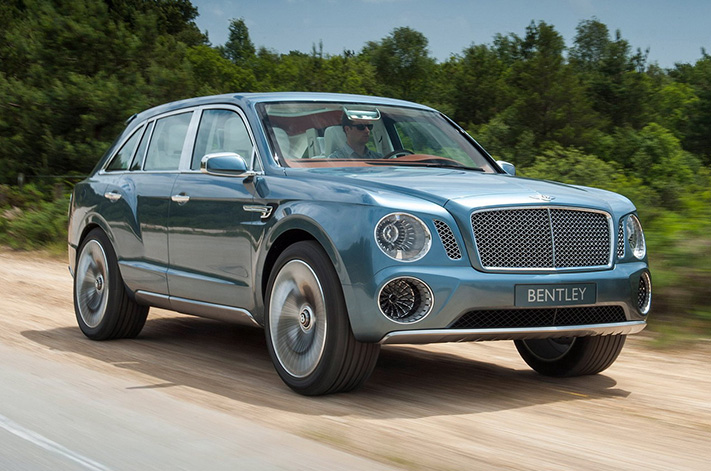
Bentley EXP 10 Speed 6 2015
Bentley got tongues wagging again in 2015 when its small sportscar concept was revealed, bringing a gorgeous two-seater model that could serve as a competitor to Porsche’s Boxster or 911 convertible.
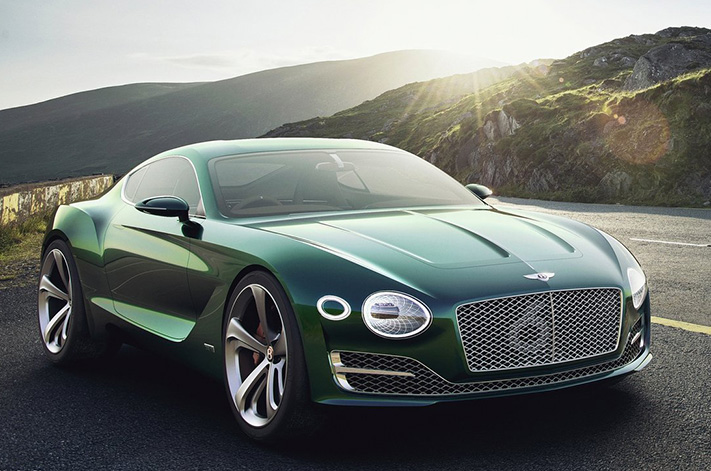
Opel GT 2016
Not only was this tiny two-seat rear-drive an absolute stunner with its seamless boy and garish red tyres, the global concept had added local significance.
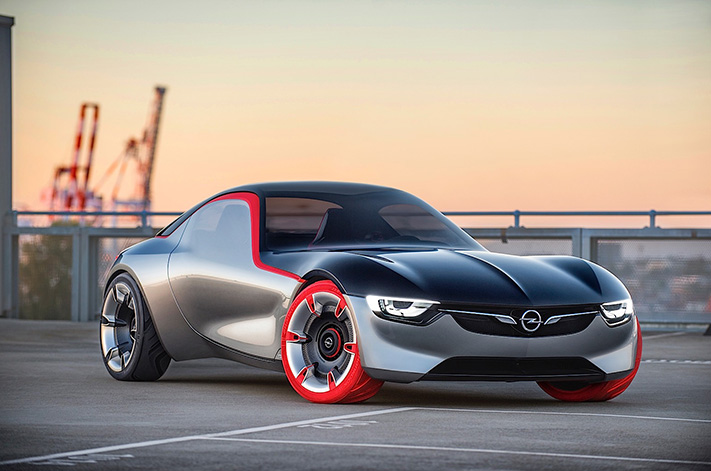
Mercedes-Benz Concept X-Class 2017
As a sign of the times, last year’s big Geneva show concept was Mercedes’ X-Class.



